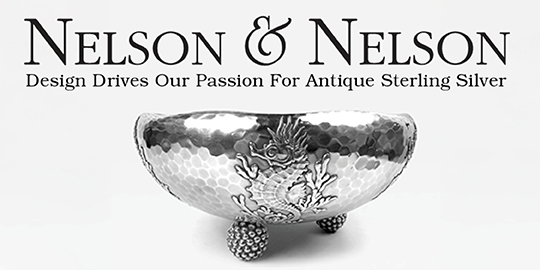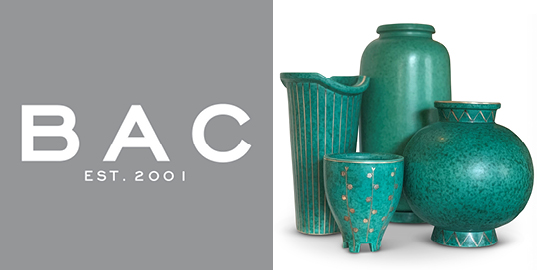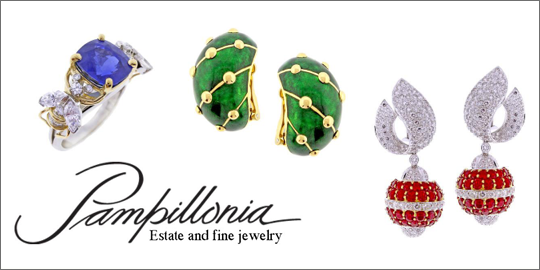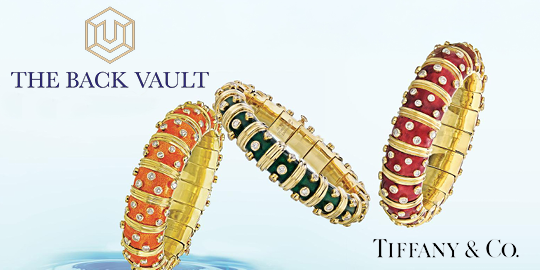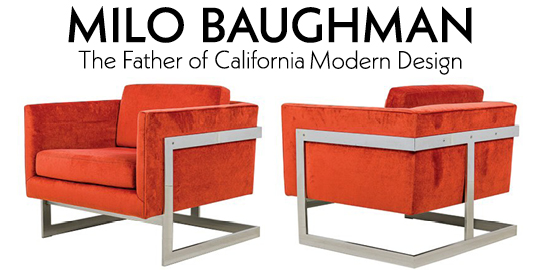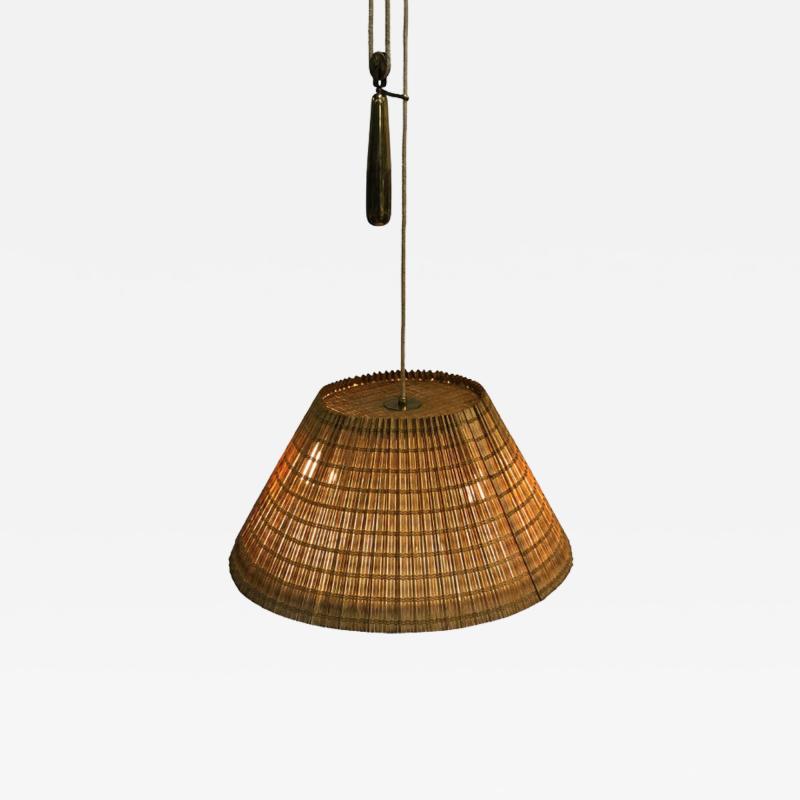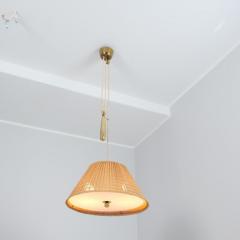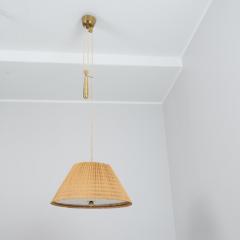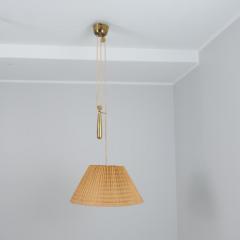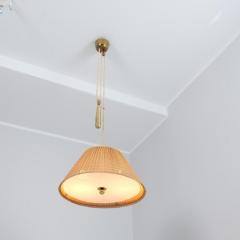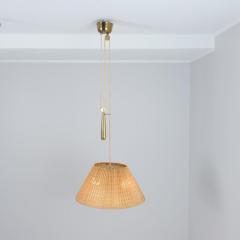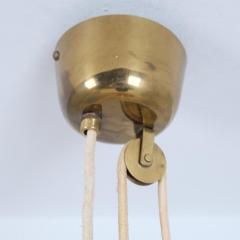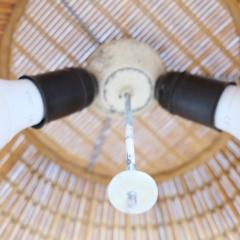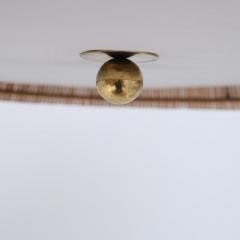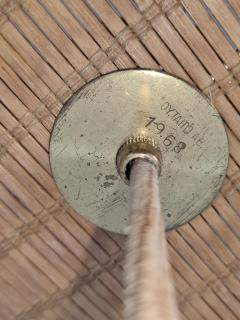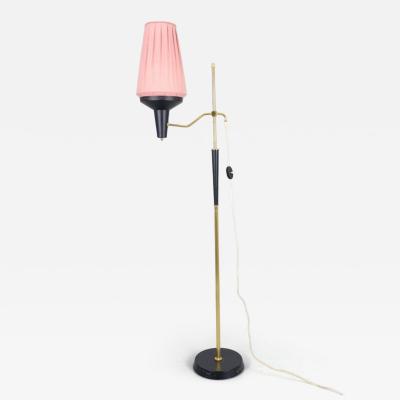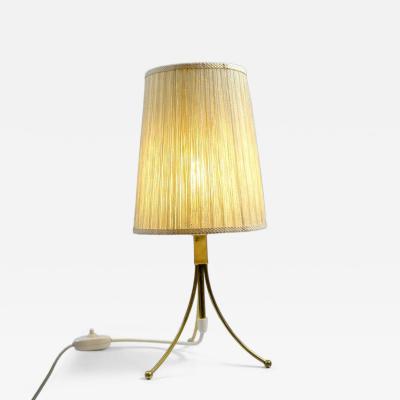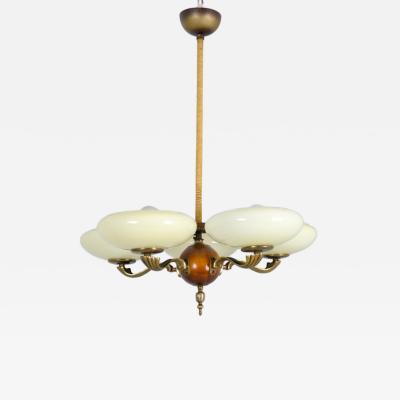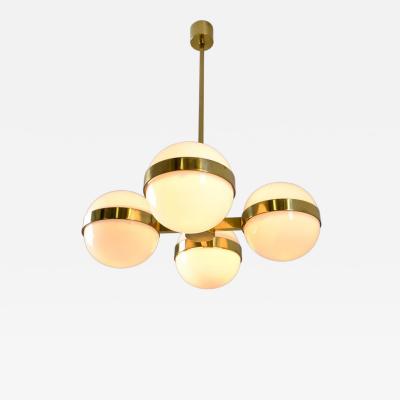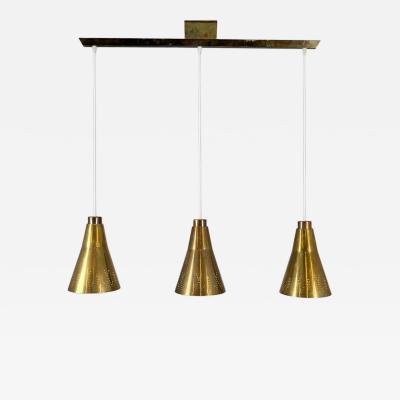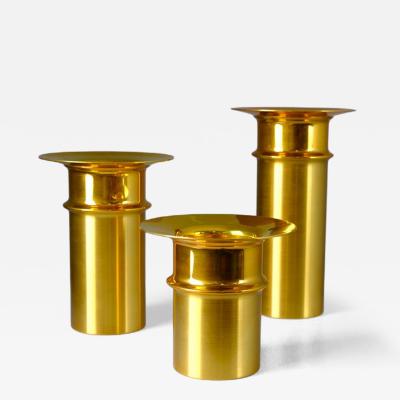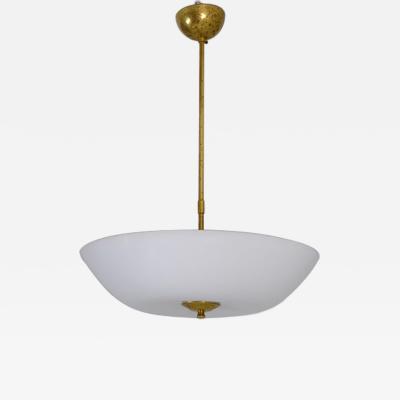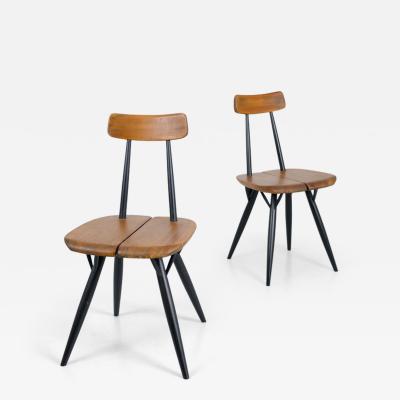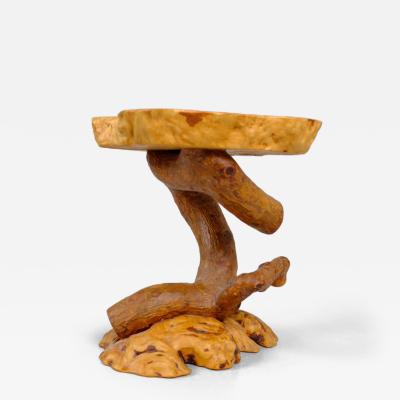Paavo Tynell Adjustable Ceiling Lamp Model 1968 in Rattan, Taito 1950s
-
Description
A beautiful adjustable lamp by Paavo Tynell that harmoniously unites the patinated brass with the rattan and fabric shade. The counterweight showcases Tynells genius by making the lamp suitable for different ceiling heights. The lamp still holds all original parts and is in great condition. Stamped "Oy Taito AB".
The wooden element adds an organic and natural vibe to interiors and suits cottage, eclectic, and modern interiors alike. The rattan shade has been renewed.
The reason why the rattan shades are so popular nowadays, as well as back in the 1940s and 1950s, is because of the romantic effect that the light gives when filtering through the rattan holes. We believe this model shades were originally used due to lack of fabric materials during the lengthy war years of the 1930s and 1940s.
Paavo Tynell (1890–1973) was a Finnish designer who is well renowned around the world for his incredible lighting fixtures and lamps. Tynell is known as the man who “illuminated Finland” and his works can be found in numerous public offices and buildings such as the Finnish Parliament House and the office of Secretary-General of the United Nations in New York.
Tynell started as a sheet metal worker´s apprentice at G.W.Sohlbergs workshop in 1906. After that he moved to Taidetakomo Koru Oy in 1912, which was a metal workshop specializing in electric light fixtures. Then Paavo studied at the Central School of Applied Arts in Helsinki and after that he taught in it too. Paavo then founded Taito Oy in 1918 with a number of colleagues. Taito produced a number of other items other than just light fixtures in the early years, however the main focus became lamps after Finland adopted the use of electricity. By the 1930s Finnish households started buying light fixtures as the use of electricity became more common. In the 1920s Taito`s main sales were still mostly public commissions, for example the Paimio Sanatorium which was designed by Alvar aalto.
After WW2 and the quite challenging shortage years in Finland, Tynell finally had his major breakthrough. His style became quite distinctive and was mainly aimed at the U.S. markets. He sold both catalogue lamps as well as commissioned works through Finland House in N.Y. Although his late 1940s-1950s style was widely criticized at first in Finland, he stuck to it, and luckily so. It wasn´t long before his lamp fixtures became Finland House´s best selling product. Nowadays Tynells high end lamps fetch hundreds of thousands of dollars worldwide, and deservingly so. His commisioned lamps number in the thousands, and unfortunately not all documents or archive materials are intact -
More Information
Documentation: Makers Label/Invoice Notes: Stamped by the manufacturer. Origin: Finland Period: 1950-1979 Materials: Brass, Woodslates Condition: Good. Good overall vintage condition, consistent with age and use. Creation Date: 1950s Styles / Movements: Modern, Mid Century, Scandinavian Modern Incollect Reference #: 792670 -
Dimensions
H. 47.24 in; Diam. 17.32 in; H. 120 cm; Diam. 44 cm;
Message from Seller:
Haddadin Design, located in Helsinki, Finland, offers a curated collection of premium Finnish and Scandinavian Mid-Century Modern (MCM) design, specializing in iconic works by renowned designers such as Paavo Tynell and Alvar Aalto. We are dedicated to providing exceptional customer experiences, authenticity, and high-quality service, ensuring each purchase is a meaningful and enjoyable journey. For inquiries, reach us at +358 505552865 or faris@haddadin.fi







